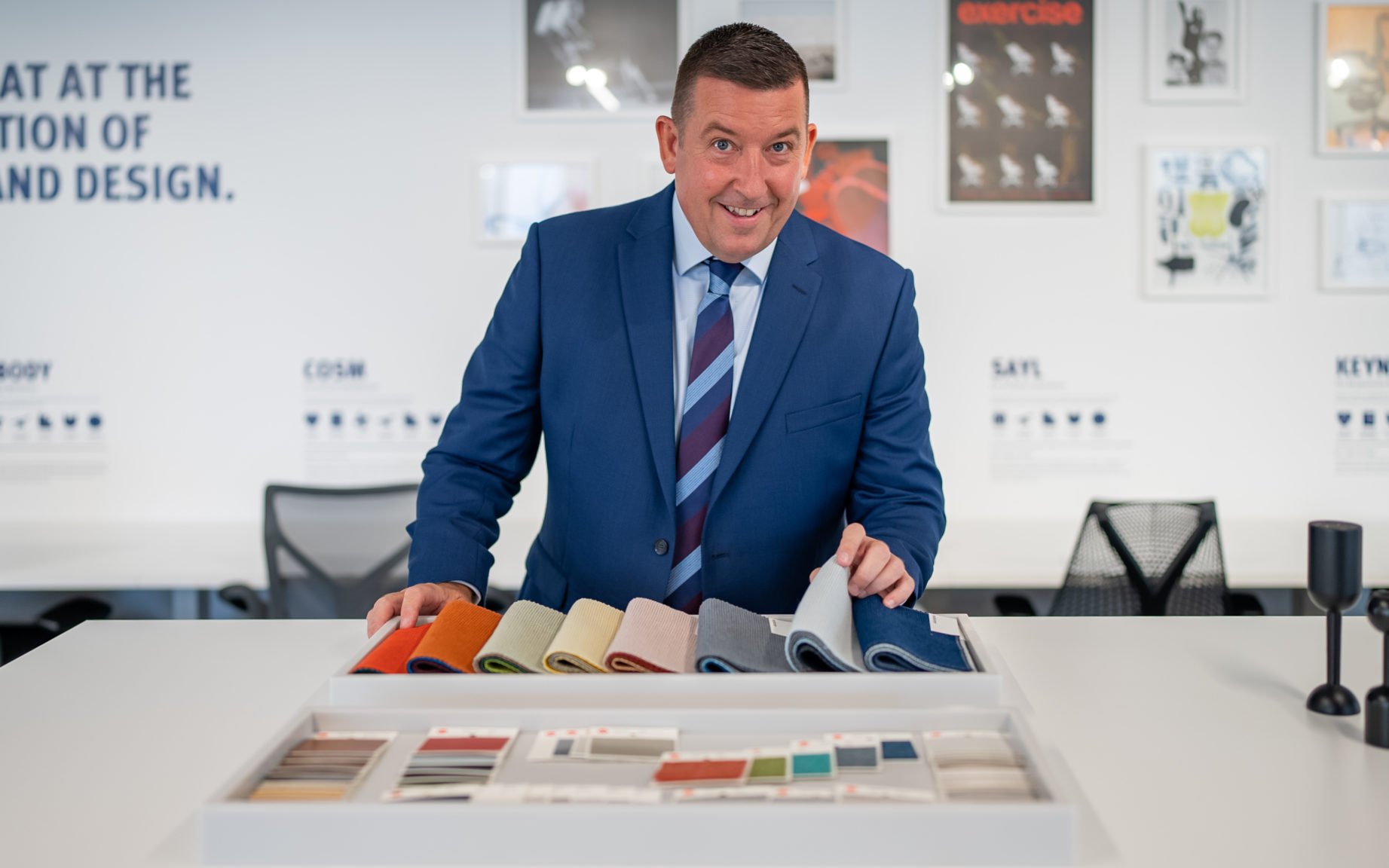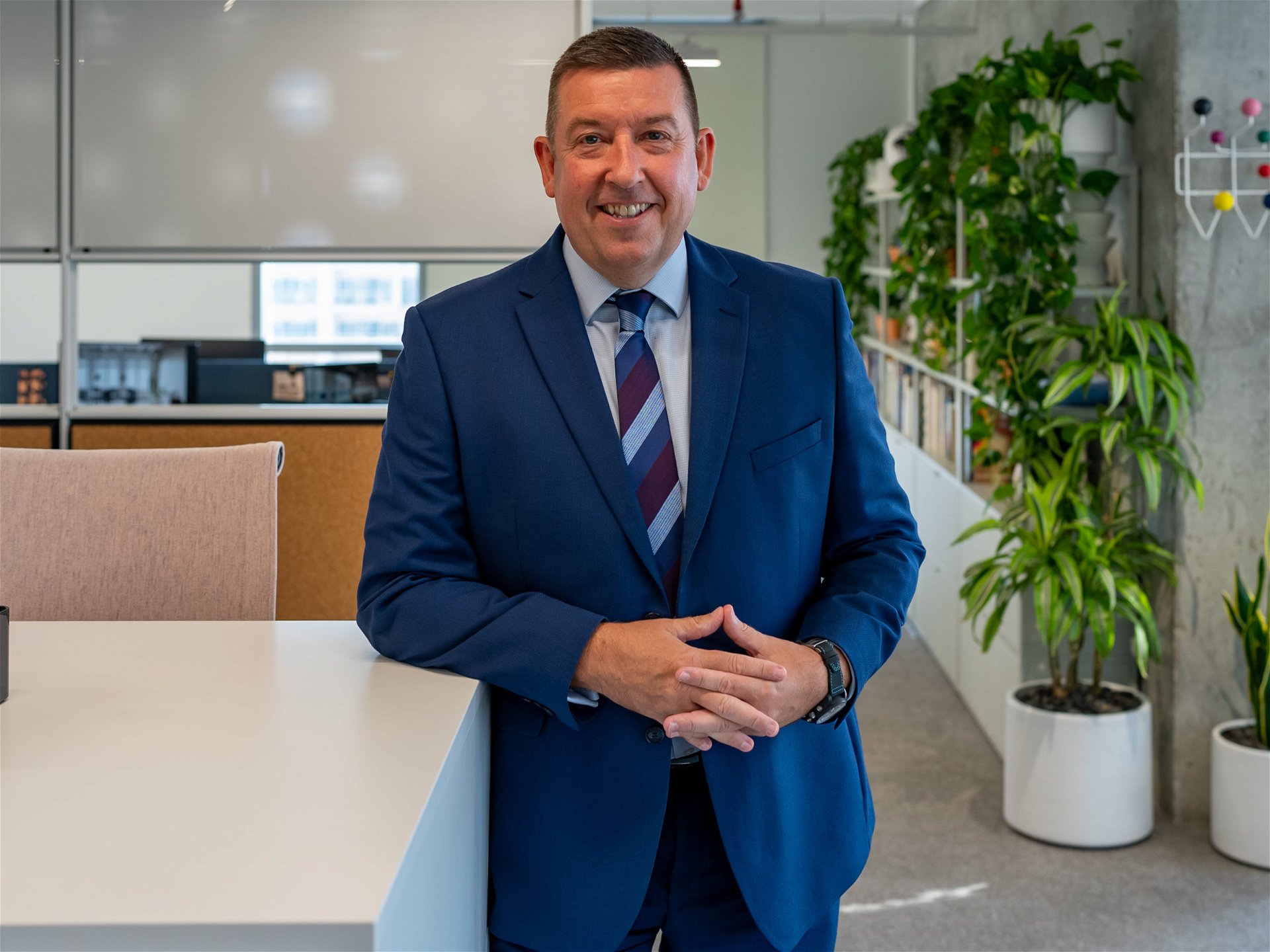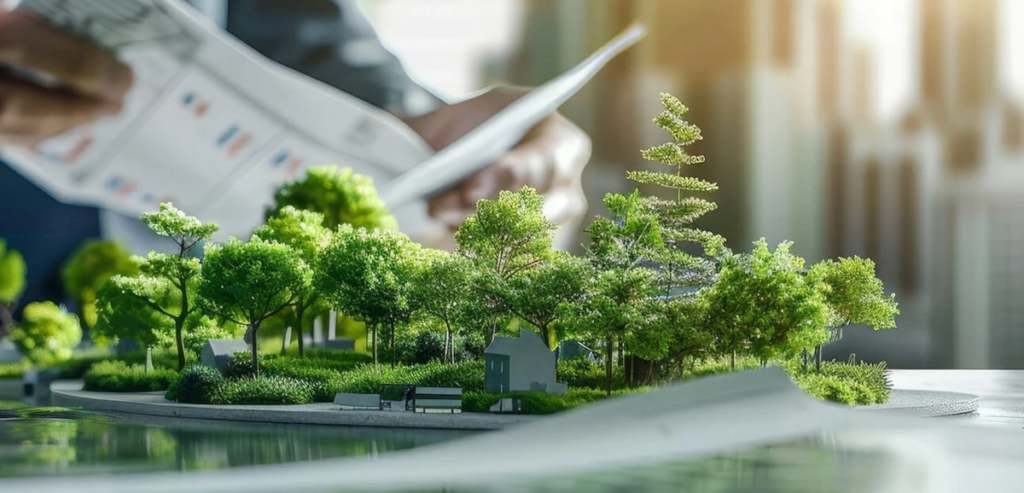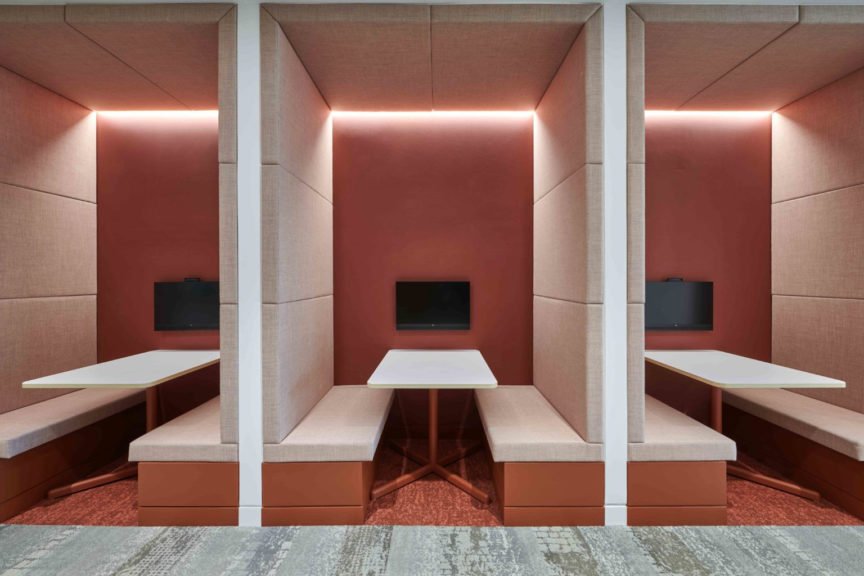STEVE RAMSDEN
Managing Director, ISG
A common misconception among young people is that construction is somewhat old-fashioned and not as exciting and relevant as other career options. This is absolutely incorrect, of course. As the built environment and construction activities are responsible for around 40% of the global emissions of carbon, this provides an outstanding opportunity for the upcoming generation to make a profound impact on minimising climate change. The construction industry also embraces technologies and digitization that increase productivity, efficiency, safety, and environmental performance. Some of the technologies we use involve AI applications, 3D virtual walkthroughs, drones, and more.
Being amongst one of the reputed names among interior contractors in the UAE, you understand the demand for fast-paced progress in the region. What are some methods to meet this demand?
Absolutely – I always marvel at the pace of development in the UAE. We often use fast-track construction across mission-critical projects; a recent example is our work on the Expo 2020 Dubai pavilions, Best of the Best restaurants, and the Local Gems, and the new du headquarters in Dubai Hills.
Completing the 10 Best of the Best restaurants at Expo 2020 Dubai in just 12 weeks was one of our tightest and most successful projects delivered – where ISG’s high-risk project programme was achieved through building from detailed design packages together with our internal consultant’s design team. This greatly facilitated rapid approvals, workshops, inspection requests, and next-stage coordination.
Fast track construction is a scheduling technique that is used to reduce the project timelines by overlapping tasks that would commence in a sequential manner in a traditional contract. In our experience, the greatest time saving is often achieved by overlapping the design, detailed design, and construction phases.
In a fast-track program, the need for structured yet agile project management frameworks is paramount, as well as frequent consultation and close communication with clients. To mitigate potential risks to the project programme, we engaged in daily logistics meetings with relevant stakeholders, and created a detailed delivery programme to work alongside the contract delivery programme. This encouraged three key departments – procurement, design, and operations – to align and work collaboratively on both programmes and maximise output onsite at every stage.
What changes do you wish to witness in the design processes of the region? Are there any practices in particular that delay or hamper schedules?
There is sometimes emphasis on trophy designs without sufficient focus on buildability, practicality, and durability. Advances in computer-aided design and manufacturing as well as BIM and AI-based tools are helpful in visualising many aspects of buildability. However, the availability of technology does not eliminate the need for contractors who have hands-on experience and a thorough understanding of on-site realities and potential pitfalls and ability to foresee risks and mitigate them efficiently. ISG is often best placed to advise on issues of buildability. And some procurement methods, such as construction management, contracting management, and design and build, especially when we get involved early on to offer advice and feedback on design proposals as they develop.
As our clients increasingly see ESG as a necessary framework for space making, we see more opportunities for us to work closely with interior designers at the very early stage of the project to provide guidance and support in ensuring the appropriate integration of sustainable elements behind the design and build of the spaces we created.
We believe smart construction innovations and long-term planning is key in driving down the impact of carbon. There is no shortcut. We have delivered the deep green retrofit for the Cambridge Institute for Sustainability Leadership (CISL) in the UK, and LEED, WELL and Estidama-certified projects in the Middle East such as the Miral HQ in Abu Dhabi.
The built environment has a critical role to play in climate change. As a global business, we are committed to achieving net zero carbon emissions by 2030 and introducing an internal carbon tax by 2024 that can be used to fund sustainable innovation projects across our business. We are equally committed to taking our people, suppliers, contractors, and clients on the journey with us.
As a contractor, what are some practices that designers and clients can adopt from their end to aid you in delivering projects on time and within budget?
It is important to align with designers and clients on a realistic project delivery timeline given the complexity of a particular design or the scale of a project. There are a lot of external factors that impact our work such as the availability of certain materials locally, procurement, and import timelines for example.
I believe timely communication, transparency, and teamwork are key. ISG’s successful delivery of the record-breaking Roxy Cinemas at Dubai Hills Mall in August this year is a testament to this approach, which we share with our interior design partner on this project, the Bluehaus Group.
We also worked with Bluehaus to deliver du’s new HQ at Dubai Hills, and we were delighted to receive outstanding scores of 9/10 on teamwork and communications on our Customer Satisfaction (CX) reviews from du. It is necessary that both the designers and clients share the same values as us, with an underlying focus on progress.
Being well-established in the region, what do you think is the key to thriving in the UAE?
I think that maintaining a balance between utilising our extensive experience and approaching every new project with an explorer’s mentality is important. Every project must be assessed on its own merits and being attentive to our clients is critical –Listening is the most important link in communicating with them.
While we have built a strong track record of success in the Middle East, we know we can do much more to become a better business for our customers, our people, and the wide community. Our annual Power of Place and Sustainable Buildings Monitor research reports are one of ways where we get the unfiltered views and insights from key stakeholders – investors, businesses, and the end-users of the spaces we deliver. And the insights are then channelled into our business planning and global service offerings, ensuring that our innovative construction solutions that address our clients’ business and real estate needs.
Over the decades you have worked in the region, what do you think are the top priorities of clients here? Where do you think the future of contractors in construction is headed?
Sustainability is becoming a priority for the construction industry in the UAE. This drive towards more sustainable industries is led largely by the UAE government’s initiatives, but we are also seeing private sector clients take strong interest in areas of sustainable sourcing, waste management and reducing carbon footprint, as well as, workers’ welfare which is something that ISG has been working on advancing, with its supply chain partners, for many years.
We feel particularly proud of ISG’s strong health, safety, quality, and environment (HSQE) track record in the region and our numerous awards for environmental stewardship, including the Taqdeer Awards from Expo 2020 Dubai for our ongoing commitment to ensuring worker welfare and implementing the highest HSQE standards.
Is there a region in the world you admire most for the organization and methods of construction?
Every region offers great learnings and unique project experiences, but if I am to choose; I will go with Europe for innovation and early adoption of construction technologies, Southeast Asia for meticulous execution of very complex projects and the GCC for its ambitious and exciting vision for unique and standout projects.









